Understanding the rogue river flow at dodge bridge is far more than glancing at a data point; it is the essential first step to unlocking a safe, successful, and memorable experience on this legendary Oregon river. For anglers tracking the movement of salmon and steelhead, for rafters anticipating the thrill of the next rapid, and for families looking for a gentle float, this single metric governs everything. The flow rate, measured in CFS (cubic feet per second), directly impacts fishing conditions, determines the difficulty of rapids, and ultimately dictates overall water safety. Grasping how to interpret these numbers in the context of seasonal patterns and your chosen activity is the key to mastering your time on the Rogue.

What Fellow River Enthusiasts Are Saying
The chatter among those who frequent the Dodge Bridge section of the Rogue River often revolves around the flow. You’ll hear seasoned anglers reminiscing about a perfect “steelhead green” clarity at 1300 CFS or kayakers buzzing about the “pushy” but exhilarating conditions during a spring runoff event that brought levels above 3000 CFS. Many visitors express that their first few trips were a learning experience, where they underestimated how dramatically a change of just a few hundred CFS could alter the river’s personality. Newcomers often share their appreciation for the predictability the upstream dam provides, but are cautioned by locals to never become complacent. A common sentiment is that the river demands respect, and checking the flow is the first and most important way to show it. The difference between a glorious day landing multiple fish and a frustrating day of constantly repositioning the boat often comes down to understanding the nuances of the flow that morning.
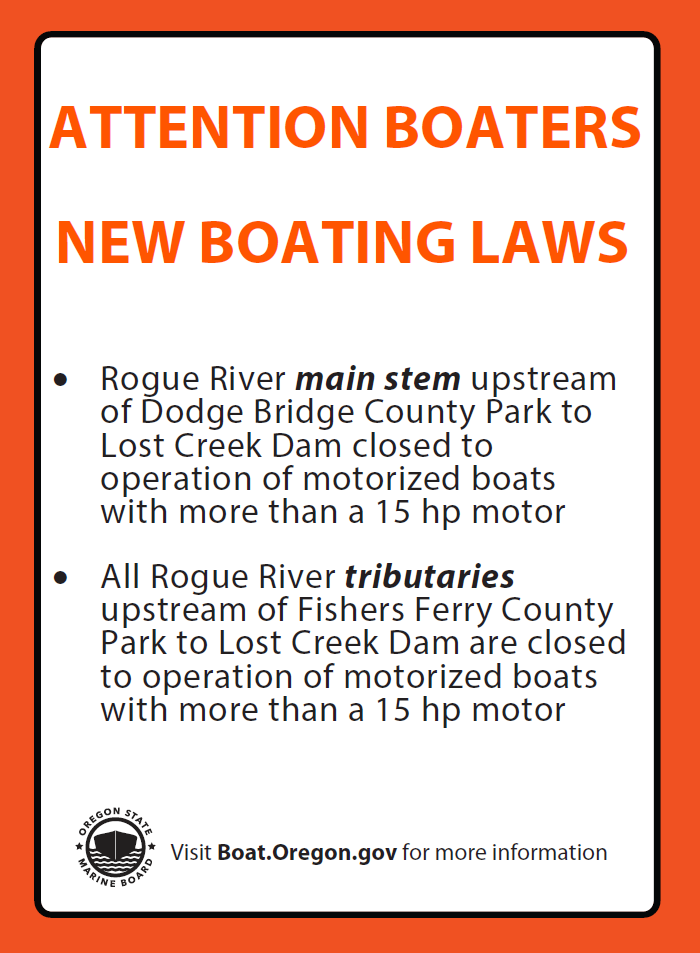
Understanding the Numbers: What Does CFS Mean for You?
When you look up the river data, the primary figure you’ll see is CFS, or cubic feet per second. It’s a measurement of volume. To help you visualize it, imagine one cubic foot is about the size of a standard basketball. So, a flow of 1,000 CFS means that 1,000 basketballs’ worth of water is passing by the Dodge Bridge gauge every single second. This isn’t just an abstract number; it’s a direct indicator of the river’s speed, power, and depth. A low flow might make the river feel slow and “bony,” exposing rocks and creating shallow riffles, while a high flow can turn a familiar stretch into a powerful, swift current with submerged hazards and forceful hydraulics. Your ability to translate this CFS number into a real-world picture of the river is fundamental to planning your day.
Reading the USGS Gauge at Dodge Bridge
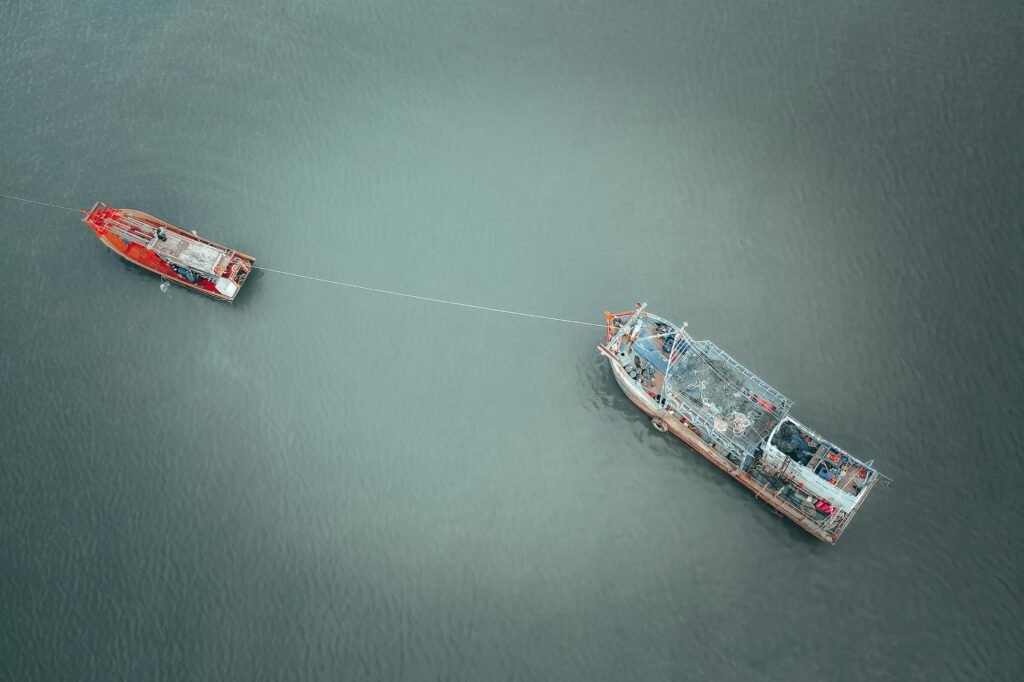
The official source for this critical information is the U.S. Geological Survey (USGS) gauging station, formally identified as station 14358000, “Rogue River at Dodge Bridge, OR.” This station provides near real-time data, including discharge (CFS) and gauge height (the water level in feet). Most anglers and boaters primarily focus on the CFS value, as it’s a more accurate representation of the river’s total energy than gauge height alone, which can be affected by changes in the riverbed. Learning to navigate the USGS website or using a reliable water data app that pulls from this source is a non-negotiable skill. You can view current conditions, but more importantly, you can analyze the hydrograph—a chart showing flow over time. This graph tells a story: is the river rising rapidly after a storm, dropping steadily, or holding at a consistent level due to dam releases? This trend is often just as important as the current number.
A Quick Guide to CFS Levels and River Conditions
The “ideal” flow is entirely subjective and depends on what you plan to do. A level that is perfect for a drift boat full of fly fishermen might be frustratingly slow for a whitewater kayaker seeking a challenge. To provide a general framework, we can break down the typical conditions at Dodge Bridge into several ranges.
| Flow Rate (CFS) | General River Condition | Best For | Notes |
|---|---|---|---|
| Below 900 CFS | Low / Bony | Wade fishing, technical kayaking | Exposed rocks and gravel bars. Drift boats may struggle. |
| 900 – 1,500 CFS | Ideal for Angling | Drift boat fishing, wade fishing | Excellent clarity and defined runs. Considered the “sweet spot” for many anglers. |
| 1,500 – 2,500 CFS | Moderate / Full | All-around boating, rafting | The river has more push. Good for recreational floating and most fishing. |
| 2,500 – 4,000 CFS | High / Pushy | Experienced rafters & kayakers | Faster currents, fewer eddies. Fishing becomes more challenging. |
| Above 4,000 CFS | Flood Stage / Very High | Experts only | Debris in the water is common. Very powerful currents. Not for recreational use. |
Remember, these are guidelines. The river can change, and your personal skill level should always be the ultimate deciding factor in whether you go out on the water.
“People get fixated on a single ‘magic number’ for CFS,” explains Jackson ‘Jax’ Miller, a veteran Rogue River fishing guide with over 30 years of experience. “But the river is a living thing. Is it 1200 and dropping, or 1200 and on the rise? A dropping river often fishes better as it clears and the fish settle into their feeding lanes. A rising river can be the opposite. Context is everything.”
The Angler’s Guide to Rogue River Flow at Dodge Bridge
For those chasing the Rogue’s legendary salmon and steelhead, the flow is a constant topic of conversation and strategy. It influences where fish hold, how they behave, and which techniques are most effective. A successful angler doesn’t just fish the river; they fish the flow. This means adapting your approach based on whether the water is high and fast or low and clear. The Dodge Bridge section, known for its classic runs and riffles, transforms completely with fluctuations in water volume, rewarding the adaptable fisherman and frustrating the one-trick pony.
Ideal Flows for Steelhead Fishing
Steelhead, the sea-run rainbow trout that make the Rogue famous, are particularly sensitive to flow conditions. Most local experts and guides agree that the prime range for steelhead fishing in the Dodge Bridge area falls between 900 and 1,600 CFS. Within this window, the water typically has excellent clarity, often described as that perfect “steelhead green.” The river’s structure is well-defined, with obvious seams, tailouts, and holding water where fish are likely to rest. This allows anglers in drift boats to methodically work the runs and gives wade fishermen access to productive gravel bars and edges. When the flow drops below 900 CFS, the fish can become spooky in the clear, shallow water. Above 2,000 CFS, the current becomes too strong, forcing fish into tight, hard-to-reach spots close to the bank and making effective presentations difficult.
Targeting Salmon: When Flow is Your Friend
Chinook (King) and Coho (Silver) salmon are larger, more powerful fish than steelhead, and they often use higher flows to their advantage during their upstream migration. A bump in the flow, especially in the fall, can trigger a major push of salmon into the system. While the “ideal” number can vary, flows in the 1,500 to 2,500 CFS range are often very productive for salmon anglers. This higher water gives the fish a sense of security and allows them to move through shallower sections with ease. Anglers using techniques like back-bouncing or pulling plugs from a drift boat often prefer this fuller, faster water. It covers more structure and can make the fish more aggressive. However, once the flow exceeds 3,000 CFS, fishing becomes tough. The water is often murky, and the sheer force of the current makes it nearly impossible to keep your gear in the strike zone effectively.
How Water Temperature and Flow Interact
It is a mistake to consider flow in a vacuum. Water temperature plays an equally crucial role, and the two are deeply interconnected. During the hot summer months, a low flow can lead to dangerously high water temperatures, stressing the fish and causing them to become lethargic. A timely release of cooler water from the upstream dam, which creates a bump in flow, can be the catalyst that invigorates the bite. Conversely, in the dead of winter, the water can be extremely cold. A period of stable, lower flow allows the sun to warm the water a degree or two, which can be enough to trigger feeding activity. A savvy angler always checks both the CFS and the water temperature, understanding that the combination of the two dictates the metabolic rate and mood of the fish they are pursuing.
Paddler’s Paradise: Rafting and Kayaking Based on Flow
For those who prefer to be powered by a paddle rather than a motor, the rogue river flow at dodge bridge dictates the very nature of their adventure. It defines the speed of the journey, the size of the waves, and the technicality of the rapids. The Dodge Bridge stretch offers a generally gentle float, but its character shifts dramatically with changing water levels, offering different experiences for different skill levels. Understanding these shifts is paramount for both safety and enjoyment.
Navigating Low Water (<1000 CFS): The Technical Challenge
When the river drops below 1,000 CFS, it becomes a different kind of puzzle. This is the realm of the “rock garden.” The main current meanders through exposed gravel bars and boulders, requiring constant maneuvering. For recreational rafters in larger boats, this can be a frustrating experience involving a lot of pushing off rocks, a scenario affectionately known as a “river rodeo.” However, for skilled kayakers or those in nimble rafts, low water can be a fun, technical challenge that hones paddling skills. It’s a slower-paced journey where reading the water and picking precise lines becomes the name of the game. It is generally a very safe level for swimming and casual family floats, provided you watch out for shallow spots.
The Sweet Spot for Fun (1500-3000 CFS)
Many recreational boaters consider the 1,500 to 3,000 CFS range to be the absolute sweet spot for the Dodge Bridge section. At these levels, the river is full, most of the rocks are covered, and the current provides a pleasant, steady push downstream. The smaller rapids become fun and splashy, with well-defined waves and clear channels. This is the ideal flow for a relaxed day of rafting, inflatable kayaking, or paddleboarding. There is enough water to move you along at a good pace without feeling overwhelmed, and plenty of eddies and calm pools to pull over for a swim or lunch. It strikes a perfect balance between a lazy float and a genuine river adventure.
High Water Adventures (>4000 CFS): For Experts Only
Once the flow surpasses 4,000 CFS, the Rogue transforms into a different beast. This is no longer a casual float. The river becomes swift, powerful, and cold. The distinction between the current and the eddies blurs. Small riffles can turn into large, churning wave trains. Submerged logs, or “strainers,” become a serious hazard as the powerful current can pin a boat or a person against them.
“The biggest mistake I see is people looking at a high CFS number and thinking ‘faster means more fun,'” warns Jax Miller. “On the Rogue, high water means less room for error. An easy Class II rapid at normal flow can become a continuous, boiling Class III with few places to recover. If you don’t have the skills and the proper safety gear, you have no business being out there. It’s that simple.”

This is the domain of experienced whitewater boaters who have the skills to read complex hydraulics and perform self-rescue. For the recreational floater, these levels are best observed from the safety of the riverbank.
What Influences the Rogue River’s Flow?
The flow at Dodge Bridge isn’t entirely a product of wild nature. While rainfall and snowmelt play a significant role, the river’s pulse is largely regulated by a major piece of upstream infrastructure. This managed system creates a more predictable environment than a completely free-flowing river, but it’s crucial to understand the factors that cause the water managers to open or close the gates.
The Role of William L. Jess Dam
Located about 15 miles upstream from Dodge Bridge, the William L. Jess Dam, which impounds Lost Creek Lake, is the primary controller of the river’s flow. The U.S. Army Corps of Engineers manages the dam for several key purposes: flood control, fish health, and downstream water supply. During the dry summer months, they release a steady, cool flow to maintain optimal temperatures for salmon and steelhead. After heavy winter rains, they may reduce the outflow to capture runoff and prevent downstream flooding. These releases are often planned, but can change with little notice based on weather forecasts or emergency needs. This is why checking the flow right before you leave home is always the best practice.
Seasonal Changes: From Winter Rains to Summer Droughts
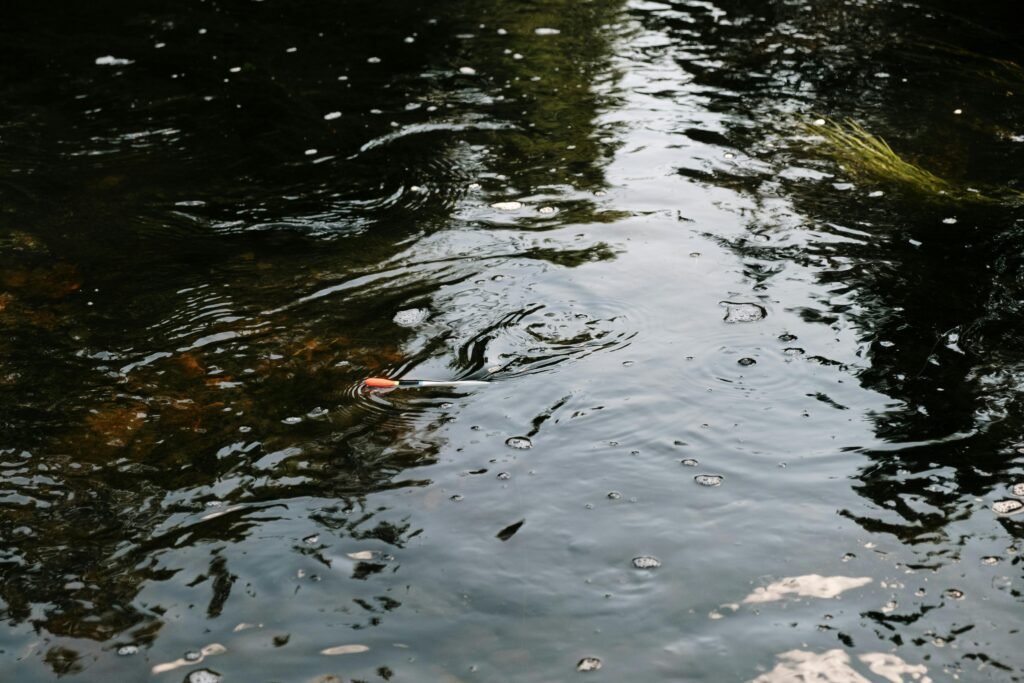
Beyond the dam’s influence, the seasons write their own story on the river. The winter months are characterized by frequent Pacific storms that can cause the river to swell dramatically. This is when you’re most likely to see the flow spike into the high thousands. Spring brings the annual snowmelt from the Cascade Mountains, which provides a sustained period of higher, colder water. Summer is typically the most stable season, with flows held at a consistent, boat-friendly level by the dam releases. The fall is a transition period, where the first autumn rains can cause exciting bumps in flow, often signaling the start of a fresh run of fish and re-energizing the entire river system after a long, warm summer.
How to Check the Rogue River Flow in Real-Time
In today’s connected world, there’s no excuse for not knowing the flow before you go. Several user-friendly options are available right at your fingertips.
- The USGS Website: The most direct and authoritative source. Search for “USGS 14358000” to go directly to the Dodge Bridge gauge page. You can view the current CFS and a hydrograph of the past several days.
- Smartphone Apps: Numerous apps are dedicated to providing river data. Apps like RiverApp and American Whitewater pull data directly from the USGS and present it in a mobile-friendly format, often with customizable alerts.
- Local Fly Shops and Guide Services: A quick phone call to a local fly shop or outfitter is an invaluable resource. They live and breathe the river and can provide not just the current CFS, but crucial context about water clarity, fishing reports, and any recent changes or hazards on the water.
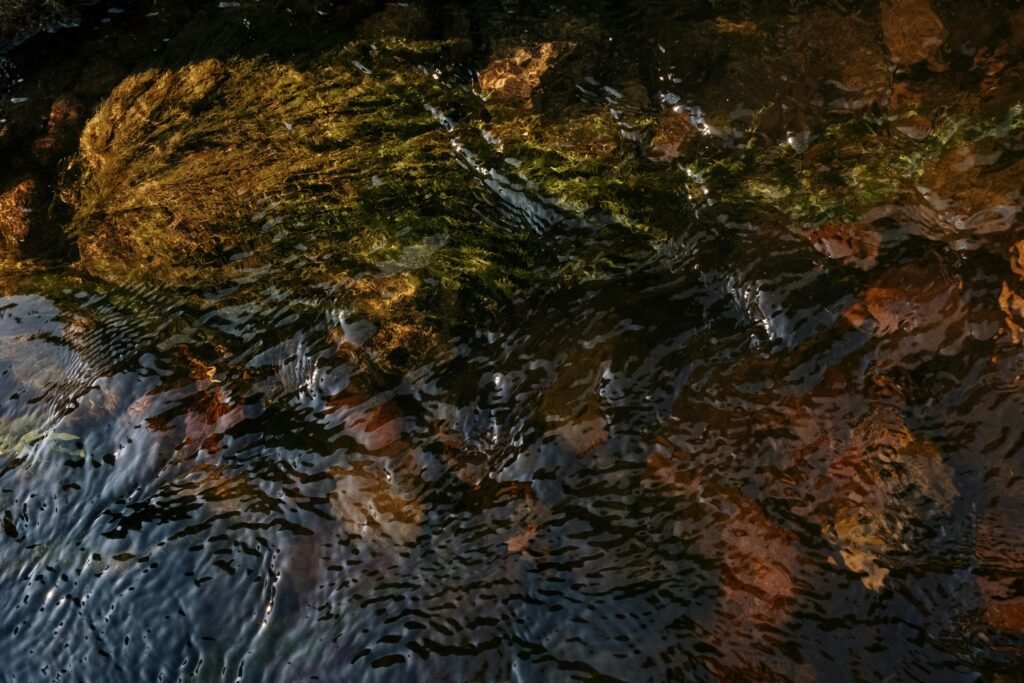
Making this a pre-trip ritual is the single most important habit you can develop. It takes less than a minute and can make the difference between a fantastic day and a dangerous one.
Safety First: Navigating the Rogue at Different Flows
River safety is not just about wearing a life jacket; it’s about making informed decisions before you even launch your boat. The primary safety consideration is matching your skills and equipment to the current rogue river flow at dodge bridge. Always err on the side of caution. If the flow is higher than you are comfortable with, reschedule your trip. The river will be there tomorrow. Always let someone know your float plan, including your put-in, take-out, and estimated timeline. Be aware that higher flows increase the risk of “strainers” (fallen trees in the current) and “sweepers” (low-hanging branches). At any level, the Rogue’s water is cold, and hypothermia is a year-round risk. Dress appropriately in synthetic layers, not cotton, and consider a wetsuit or drysuit in colder conditions. Respect the river’s power, make conservative choices, and you’ll ensure many more happy days on its beautiful waters.
The dynamic nature of the river is what makes it so special. Each day offers a slightly different version of the Rogue, shaped by the volume of water passing through its channel. By learning to read and interpret the rogue river flow at dodge bridge, you move from being a simple visitor to becoming an active and engaged participant in the river’s daily life. This understanding not only enhances your safety and success but also deepens your appreciation for this incredible natural resource, ensuring every trip is a well-informed adventure.
Comments
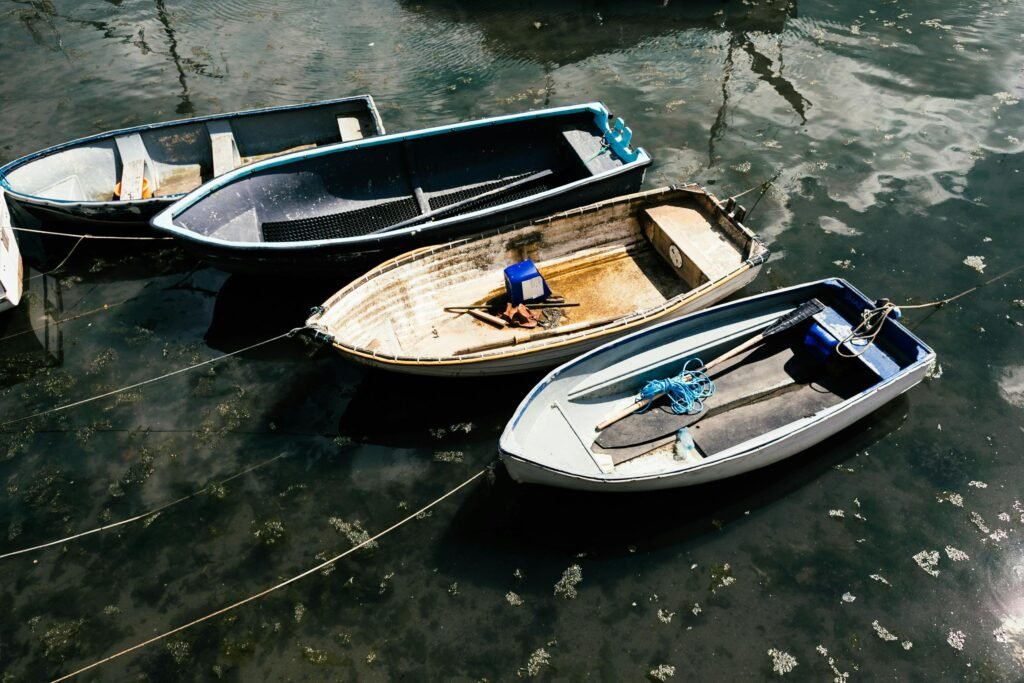
Liam Peterson
★★★★★ (5/5)
Floated from the dam down to Dodge Bridge last weekend, July 20, 2024. The flow was a perfect 1400 CFS released from the dam. Super relaxing, great for the kids to swim. Water was clear and cool. Exactly what we needed. Rollocks provides great insight!
Brenda Wallace
★★★★☆ (4/5)
Fished this stretch in late October 2023. The flow was around 1200 CFS and dropping after a small rain. The water had that perfect steelhead green color and we hooked into a few beautiful fish. Lost one star because the boat ramp at Dodge can get a bit crowded on good fishing days.
Marcus Chen
★★★★☆ (4/5)
Kayaked this section for the first time in early June 2024. Flow was a bit pushy at 2500 CFS but it made for a fast, fun trip. No real technical spots, just big, splashy waves. Had a blast. Would recommend for intermediate paddlers at that level.
Samantha Rodriguez
★★★★★ (5/5)
As someone new to drift boat fishing, I really appreciate the info here. We went out in May 2024 when the flow was 1800 CFS. It felt like the perfect level to learn on – fast enough to cover water but slow enough that my guide could give clear instructions. Beautiful day.
David Miller
★★★☆☆ (3/5)
Tried to wade fish here in August 2023 when the flow was holding steady at 1100 CFS. It’s tough! The main channel is too deep and swift for wading. You have to stick to the side channels and gravel bars. Better for boats at this level.
Chloe Evans
★★★★★ (5/5)
My family has been rafting this stretch for years. Our favorite time is late summer when the flows are around 1300-1500 CFS. It was 1450 CFS on August 12, 2024, and it was perfect. Warm sun, cool water. The kids could hop out and float beside the raft in the calm sections.
Ben Carter
★★☆☆☆ (2/5)
Be careful out here during spring runoff. We went in March 2023 after a warm rain and the gauge was reading over 4500 CFS. It was way more than we bargained for. Very powerful and a bit scary. This is not a recreational float at that level. We pulled out early.
Olivia White
★★★★★ (5/5)
This is my go-to spot for a paddleboard float on a calm day. I went on September 5, 2024, and the flow was a gentle 1000 CFS. Had to walk my board through a couple of shallow riffles, but otherwise, it was incredibly peaceful and serene.
Ethan Taylor
★★★★☆ (4/5)
Great article. The CFS chart is super helpful. We used it to plan our fishing trip on April 10, 2024. The river was at 2200 CFS, a bit high for ideal steelhead swinging, but we managed to find some fish tucked in close to the bank. Knowledge is power on the Rogue!
Grace Harris
★★★★★ (5/5)
We booked a guided fishing trip for my dad’s birthday in November 2023. The guide specifically waited for the flow to drop from 2500 to 1600 CFS. He said that drop would get the fish biting, and he was right! Dad caught a beautiful steelhead. Paying attention to the flow really works.

